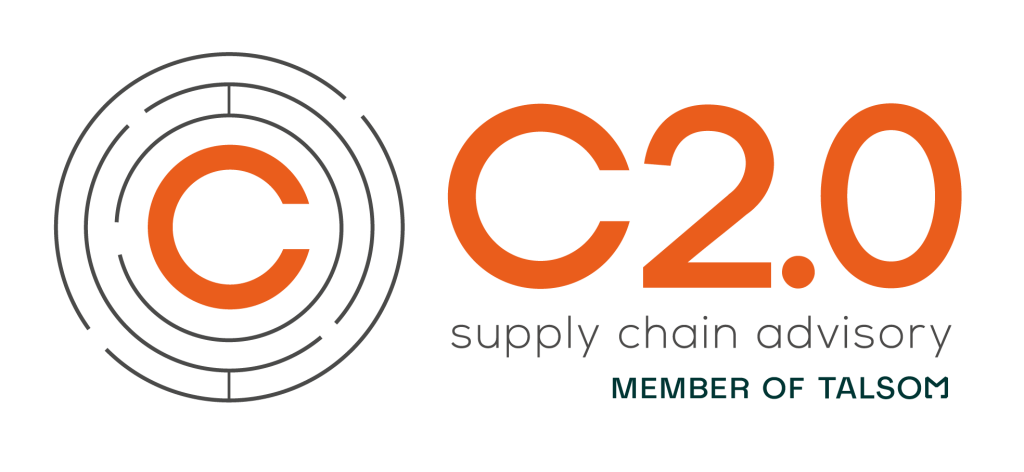
Michael Muro
Senior consultant - Transportation & Networks
Achieving the Ideal Carrier Mix for Savings and Service Quality
In an era of increasing complexity in transportation RFPs, shippers face a multitude of challenges when selecting the best carrier mix to achieve both cost savings and service excellence. The recent bankruptcy of Yellow, one of the oldest LTL trucking company, only confirms that transportation RFPs are a mean to reinforce a shipper’s carrier network and that the expected service level must balance the targeted savings.
The traditional approach of relying on Excel sheets for carrier selection is no longer sufficient to handle the growing complexities in the transportation industry. As a result, leveraging advanced analytics solutions, such as the Coupa Sourcing Optimization (CSO) tool, becomes imperative for logistics professionals seeking to make data-driven decisions. It is the safest way to ensure that overall spend and savings (that we typically see ranging from 5 to 15% after final allocation) are accurately calculated, factoring in base rates, accessorial charges, discounts as well as carrier’s capacity.
Identifying your RFP complexity
Selecting the cheapest carrier for each individual lane is straightforward, but results in an unrealistic distribution of carriers. The real challenge lies in achieving an optimized carrier mix across thousands of lanes, various modes of transport and hundreds of competing carriers. To overcome this, shippers must establish specific objectives and constraints for carrier selection.
1.1. Defining Objectives and Constraints
Shippers need to articulate clear objectives for their RFPs beyond just cost savings. Are you seeking long-term partnerships with carriers that align with their values and business goals? Are environmental, social, and governance (ESG) criteria an essential consideration in the carrier selection process? Do carriers need to integrate with your systems? By defining these qualitative elements, shippers can streamline their search for the right carriers and forge more strategic partnerships.
1.2. Considering lane / network Specific Criteria
The complexity multiplies when considering various specific criteria, such as evaluating different types of equipment, dedicated fleets versus regular shipments, brokers versus asset-based carriers, one-way lanes versus round trips, etc. To tackle this challenge, it is essential to create comprehensive scenarios that account for all these factors and assess the optimal mix of carriers for each specific lane.
Defining the RFP Strategy
Before embarking on the RFP process, it is essential to carefully strategize to ensure that the best results are achieved. Key components of the RFP strategy include:
2.1. Defining the Baseline
Shippers need to analyze historical data to set a baseline for evaluating the savings at the end of the RFP. We typically use 12-months data sets that are representative of the shipper’s business. This historical data should encompass at least cost data, # shipments, weights, incumbents, and any other relevant performance indicators for the shipper, at the lane level. Hypothesis can compensate for missing data, as long as they are validated by the whole tender team.
2.2. Considering Future Network and Lanes
While assessing carriers for current lanes is crucial, it is also important to consider future growth and expansion plans. New lanes and modes of transportation may be added to the network, necessitating carriers that can accommodate such developments. That can obviously impact the baseline and the bid itself, which is why these discussions need to take place from the start.
2.3. Identifying Scenarios for Evaluation
You should also identify various scenarios that align with your transportation goals. These scenarios could include cost optimization, service level improvement, or specific sustainability objectives. You need to think about maximum number of carriers overall and per region, ensuring full coverage, avoid brokers for specific lanes, etc. By considering a range of scenarios, it is possible to make more informed decisions that align with your long-term strategic vision.
Leveraging Analytical Capabilities
Navigating the complexities of modern transportation RFPs requires not only advanced analytics but also a strategic framework like the one provided by the Coupa Sourcing Optimization (CSO) model. Shippers should seek advanced analytics solutions that can:
3.1. Compute Complex Formulas
The evaluation of carriers involves complex calculations, such as minimum charges and bracket skipping, accessorial charges, or outlier management. The feedback you give to carriers is also crucial for a successful second round and future negotiations, thus the need to think about which feedback you are giving them. How to notify carriers they performed well without letting them know they are the best? How to tell incumbents they are not competitive without discouraging them? An analytics tool, and someone with the right skills in your team, must be capable of performing these computations accurately to avoid skewed results.
3.2. Incorporate Business Intelligence (BI) Intelligence
The integration of BI intelligence into the analytics tool enhances the decision-making process. It allows for a deeper understanding of carrier performance, overall bid activity, scenario benefits and potential risks.
A comprehensive and exhaustive BI dashboard is a step we believe is essential to ensure shippers make the right choices.
Conclusion
With the complexities in transportation RFPs, shippers need a well-rounded approach that combines advanced analytics and a strategic framework that we can provide at C2.0. By leveraging advanced analytics solutions such as CSO, defining clear objectives and constraints, and strategically evaluating carriers for various scenarios, you can strike the delicate balance between savings and service quality. Through a well-structured RFP strategy and robust analytical capabilities, logistics professionals can forge strategic partnerships with carriers and achieve optimal transportation solutions in a dynamic and competitive market.
C2.0 has a full team of people trained in CSO that has conducted dozens of transportation RFPs across all transportation modes (TL, LTL, parcel, IMDL, LBM, air, etc.). We stand ready to provide you with the necessary consulting expertise, assisting you in making data-driven decisions and unlocking substantial gains in your carrier mix selection process.
To contact us : [email protected]

